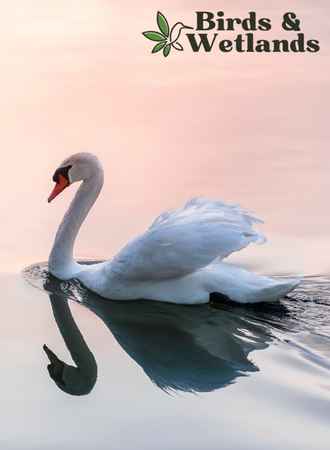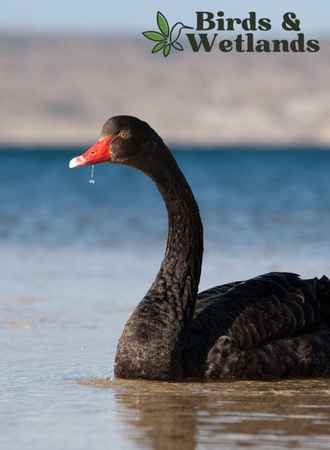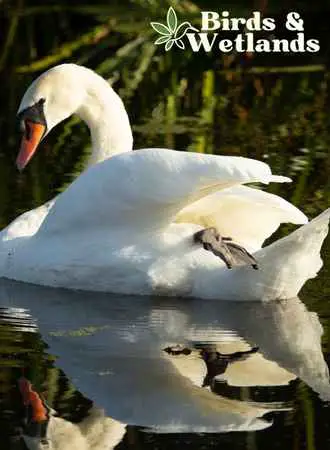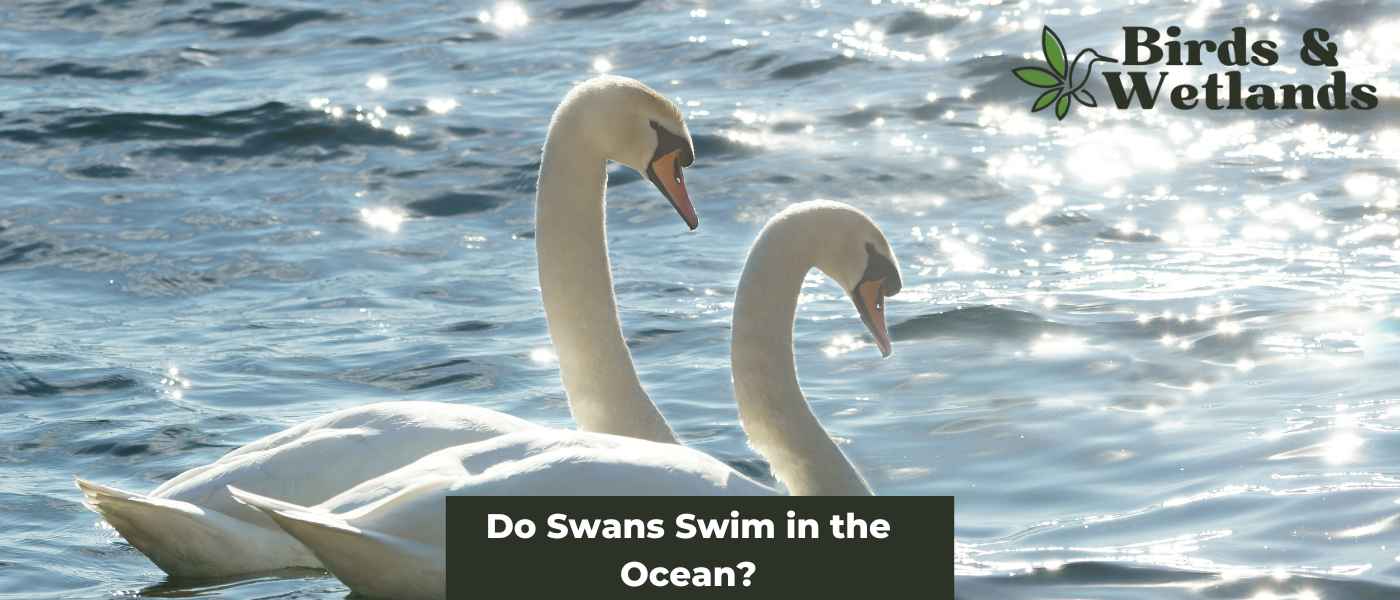Swan, geese and ducks are waterfowl found in fresh and saltwater environments. They are known for their elegant appearance and graceful movements on the water.
Their natural habitats include lakes, rivers, and marshes, but some swans can also be found in coastal areas. But can they swim in the ocean?
While some swans can swim in the ocean, most prefer freshwater habitats. Swans are not adapted to the harsh conditions of the open sea, such as high salt levels and strong waves.
However, it is not uncommon to see swans swimming in estuaries or other coastal areas where the water is less saline.
We encourage you to read the entire blog post to learn more about swans and their behavior.

Key Takeaways on Swans Swimming in the Ocean
- A swan may waddle out to float in the ocean, but it will return to the shore.
- Swans prefer to live near fresh water than salt water.
- While swimming, swans typically keep one foot raised to aid in balance and maneuverability.
Do mute swans swim in the ocean?
There are 3 types of swans in North America — trumpeter and tundra swans, and the mute swan, a non-native species. The whooper swans visit Alaska in the winter.
The mute swan (Cygnus olor) is a majestic waterfowl native to Eurasia. These birds are commonly found in freshwater or brackish waters such as lakes, marshes, and estuaries.
Mute swans are not known to venture into the open ocean because they are not well-suited for life in saltwater habitats due to their unique behavioral and physiological adaptations. These birds prefer shallow areas with abundant vegetation over the open ocean’s deep waters and strong currents.
However, it is worth noting that while it’s not in their nature, mute swans can survive in estuaries or coastal bays where fresh and brackish waters mix. In these locations, they will feed on various aquatic life, such as fish, crustaceans, and mollusks, and aquatic macrophyte plants near the harbour and shorelines.

Do black swans swim in the ocean?
The Australian black swan is a familiar and iconic bird found throughout much of Australia. They are a common sight in wetlands, swamps, and along the shores of ponds and lakes. They are known for their distinctive black plumage, long necks and powerful wings.
Contrary to popular belief of some humans, these swans do not use their wings to stay afloat. They also do not sink to the bottom and walk. Instead, they use their feet to paddle through the water.
Australian black swans are largely non-migratory but tend to lead a nomadic lifestyle. They will travel great distances in search of food and suitable breeding sites. They are also known to follow the water levels of wetlands and swamps, moving to new areas as water levels rise and fall.
While it is not uncommon to see Australian black swans swimming in freshwater habitats, sightings of black swans swimming in the ocean among boats are extremely rare. These swans spend most of their time along the coast and shores and typically avoid swimming in the open ocean.

Do swans live in salt water?
Swans are large water birds known for their elegant appearance and graceful movements. They are typically found in freshwater environments such as lakes, and wetlands.
The swan is an omnivorous bird that uses its long neck to eat various plants and animals, including aquatic vegetation, fish, and insects in their natural habitat. While living near ponds and lakes, swans drink freshwater.
Swans typically nest on land near shallow waters or on the shores of fresh water bodies. They build nests made of vegetation and raise their brood in these protected areas. These locations are where they rest and sleep. You can watch a flock of these birds diving, gliding and floating in the lake or pond.
The young swans, or cygnets, are raised by both parents and stay with the family for several months before becoming independent.
While most swans prefer freshwater environments, some species, such as the black swan and mute swan, may occasionally live near coastal marshes and brackish waters.
You’d be surprised to know that these swans can tolerate saltwater and seawater environments, but they are not as common in these areas as in freshwater habitats. While living in these environments, these birds may occasionally drink saltwater or sea water.
Don’t expect to encounter swans the next time you visit the ocean. You may see them fly but it is rare to see them swim in the ocean.
Why do swans like to keep one foot out of the water while swimming?
Swans typically stick one foot in the air while swimming to help them maintain balance and maneuverability in the water. Additionally, they may use their feet to feel for food on the bottom of a body of water or to defend themselves against predators. Once they feel the foods, they will dive and use their head to search for the foods.


